Benchmarks: Wendy Maruyama — Finding her rockstars in FW, before becoming a rockstar in FW
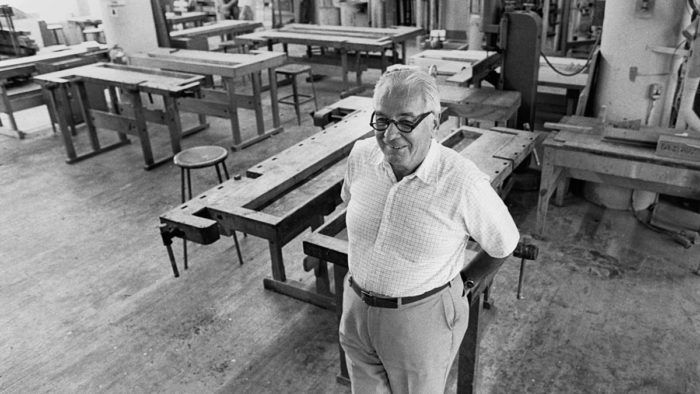

My first issue of Fine Woodworking magazine was literally the very first issue, and back in those days it was in black and white. I was studying with Alphonse Mattia at Virginia Commonwealth University in 1976 and was learning how to cut my first set of dovetails. I was thrilled when issue #2 came out because Alphonse had his article on how to cut dovetails published and I was like “wow, he’s a rock star!” That fall, I decided to take a detour from grad school and entered Boston University’s Program in Artisanry, where I studied not only with Rockstar #1, but also Rockstar #2, Jere Osgood, who published several articles on tapered laminations. What was really great about Fine Woodworking was that I was able to go back to the articles as sort of a handbook. It probably saved Jere and Alphonse a ton of work because they didn’t have to make any mimeographed1 handouts.
When I decided to go to graduate school at Rochester Institute of Technology in 1978, I studied with Rockstar #3, Bill Keyser, who wrote several articles for Fine Woodworking on steambending, which was his modus operandi at the time. When I completed my MFA work in 1980, I was approached by then-editor John Kelsey, who wanted to feature my work in the magazine’s special “back cover” story. WOW. I had no idea what the context was going to be, but it was thrilling to be asked and when it came out, I was sharing the limelight with the one and only Garry Knox Bennett, with the title Decoration or Desecration? It presented two completely different perspectives, with his decorative nail in a beautifully executed cabinet, and with my writing desk having a scribble on the top. The next issue came out and the letters to the editor were scathing – in fact, the next two issues were full of letters complaining about that back cover. At first, I was a little mad and disappointed. I felt that my writing desk was completely misunderstood and maligned. But then I suddenly felt sort of a weight off my shoulders and a sense of freedom and confirmation that I was headed in the right direction with my work.
As an educator, I shared Fine Woodworking’s articles often and my copy of Tage Frid Teaches Woodworking #1 and #2 books were pretty dog-eared by the time I retired. One of my favorite FWW articles is Michael Pekovich’s “Shaker Chest of Drawers” because carcase construction has always been a favorite of mine as a furniture maker, and that article was just the best for helping students understand the anatomy of a chest of drawers.
[1] a duplicating machine which produces copies from a stencil, now superseded by the photocopier.
Wendy Maruyama
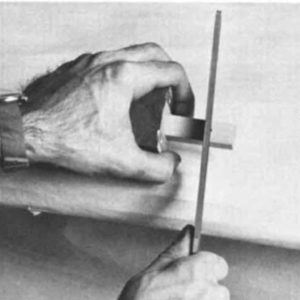 |
Hand DovetailsThey’re really not that hard to do Alphonse Mattia |
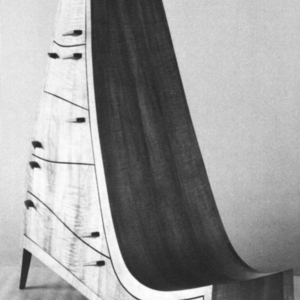 |
Bent LaminationsSlice and glue the wood to make it curve Jere Osgood |
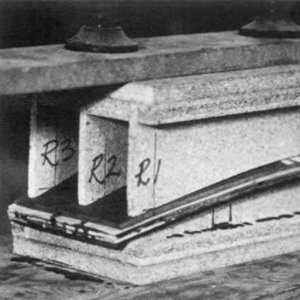 |
Bending Compound CurvesLaminated staves make bulging cabinets Jere Osgood |
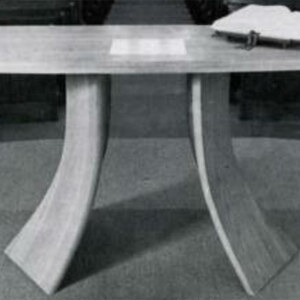 |
Portfolio: W. A. KeyserBill Keyser became known for his experiments with construction techniques; notably steam-bending, coopering, the lapstrake approach of the boat builder, and the plywood-skin-over-curved-ribs of the airplane wing. Fine Woodworking editors |
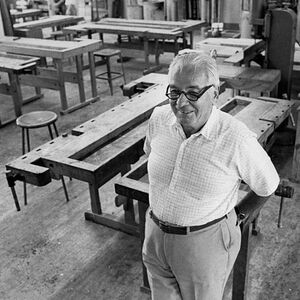 |
Professor FridA former student of Tage Frid describes the extraordinary experience of being taught by the Danish master Hank Gilpin,Tage Frid |
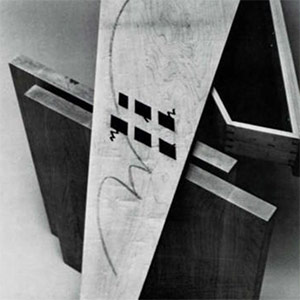 |
Decoration vs. DesecrationOn the artistic fringe of cabinetmaking, Wendy Maruyama and Garry Knox Bennett sometimes run hard against the question of decoration. Fine Woodworking editors |
 |
Cherry Chest of DrawersDovetail joinery decorates this Shaker-inspired case piece. Michael Pekovich |

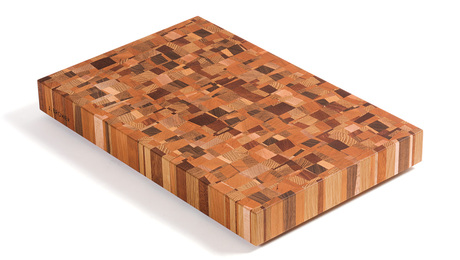
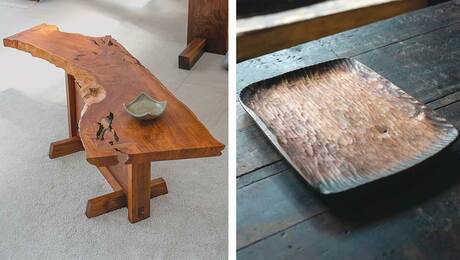
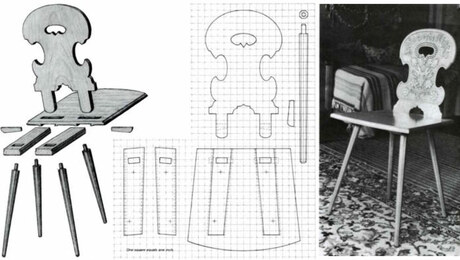
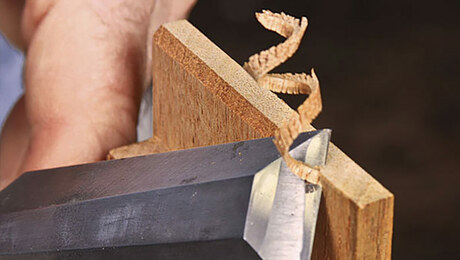

















Log in or create an account to post a comment.
Sign up Log in